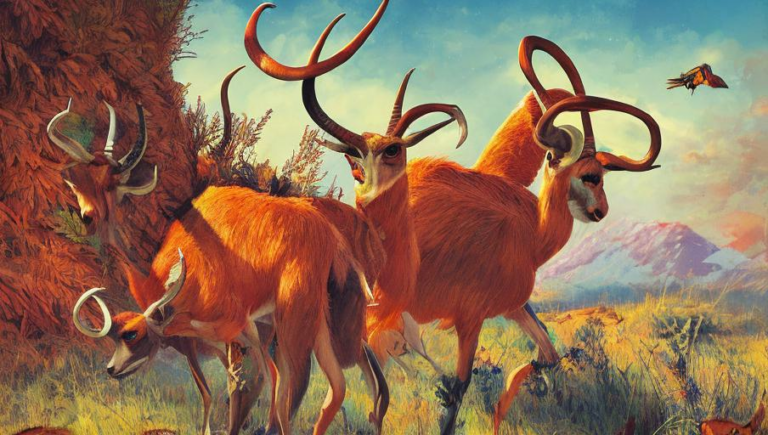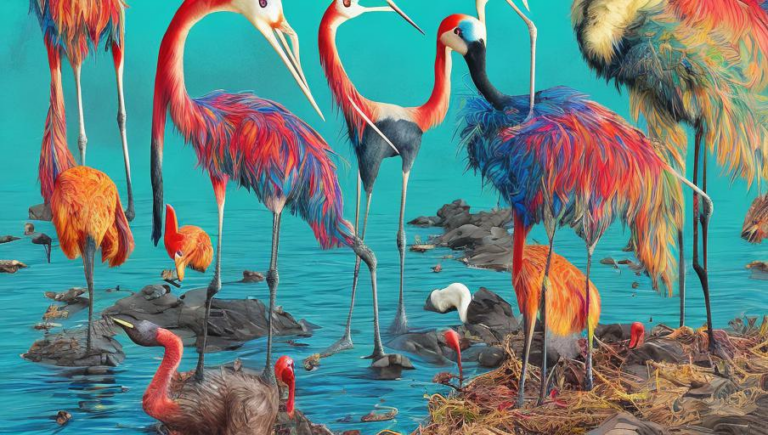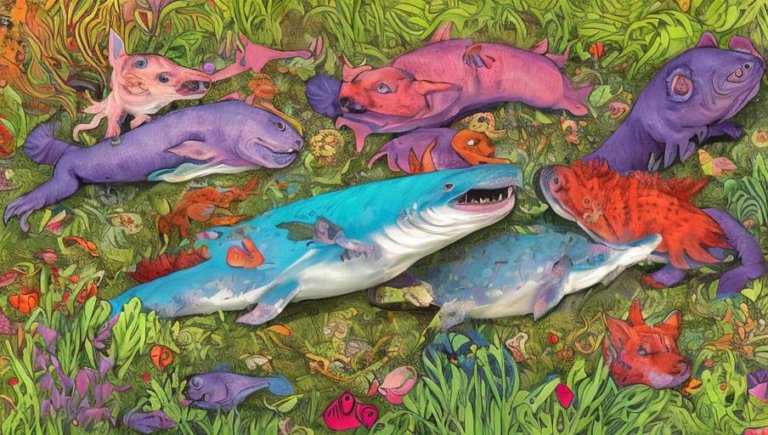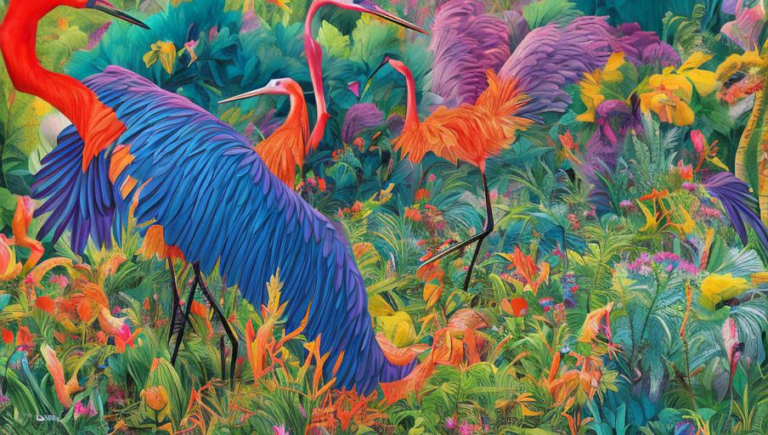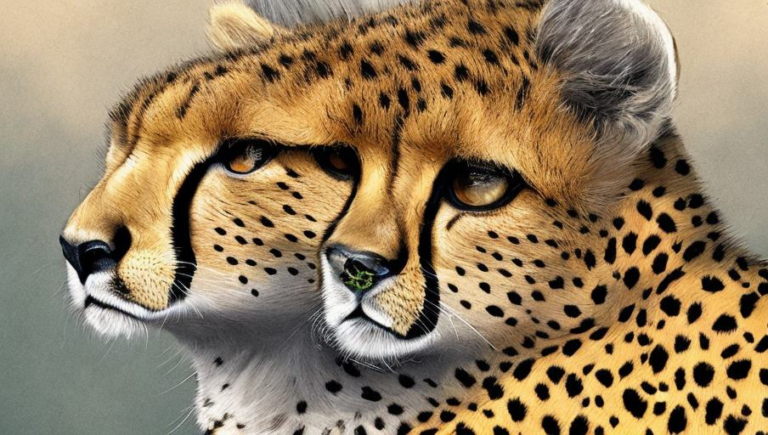Educating the Public on the Albatross’ Plight
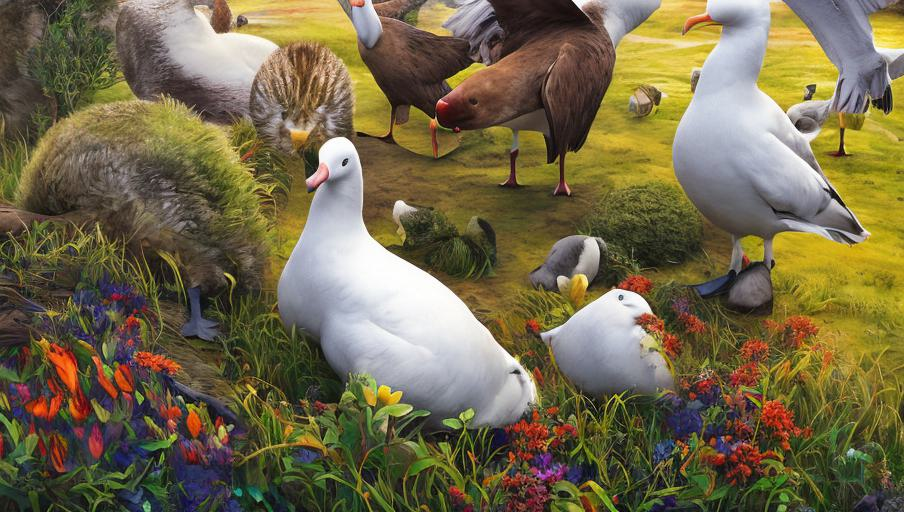
Introduction
Albatross are remarkable creatures, found in the southern hemisphere in areas such as the Southern Ocean, Indian Ocean, and South Pacific Ocean. They are the largest of all seabirds, with wingspans reaching up to 11 feet and a lifespan of up to 50 years. Albatross are beloved by many, but their numbers have been dwindling due to human activities.
Threats Facing Albatross
The main threats faced by the albatross are habitat destruction caused by fishing activities, plastic pollution, and climate change. Albatross feed by scavenging from fishing vessels and often mistake plastics for food, leading to ingestion of harmful materials. Climate change is also contributing to their decline, as it is leading to an increase in storms and changes in ocean currents, affecting their food supply.
Bycatch
Albatross are especially vulnerable to the fishing industry, as they often become entangled in fishing lines and nets. This is known as bycatch and is a major contributor to the decline in albatross numbers. Bycatch can be reduced through the use of Bird Deterrent Lines, which are designed to scare away the birds, and by implementing fishing practices that reduce the amount of bycatch.
Plastic Pollution
Plastic pollution is a major issue for the albatross, as they often mistake it for food and ingest it. This can lead to serious health issues and even death. To reduce plastic pollution, individuals can reduce their use of single-use plastics, adopt sustainable practices, and support organizations that are working to reduce plastic pollution.
Protection Efforts
There are a number of efforts being taken to protect the albatross and their habitats. Some of these include the Marine Protected Areas (MPAs), which are areas of the ocean that are protected from human activities, and the Albatross Task Force, which is a group of scientists and conservationists dedicated to protecting albatross and their habitats.
Educating the Public
Education is an important part of protecting albatross, as it is important to raise awareness about their plight and the threats they face. This can be done by creating informative materials, such as pamphlets, posters, and videos, and by organizing talks and events to spread the word. It is also important to engage young people, as they are the future stewards of our planet and will be the ones to take action to protect albatross and their habitats.
Conclusion
The albatross is a remarkable creature that is facing a number of threats due to human activities. By educating the public and implementing conservation efforts, we can work to protect these amazing animals and their habitats. Together, we can ensure that future generations will be able to enjoy the beauty of these majestic creatures for years to come.
